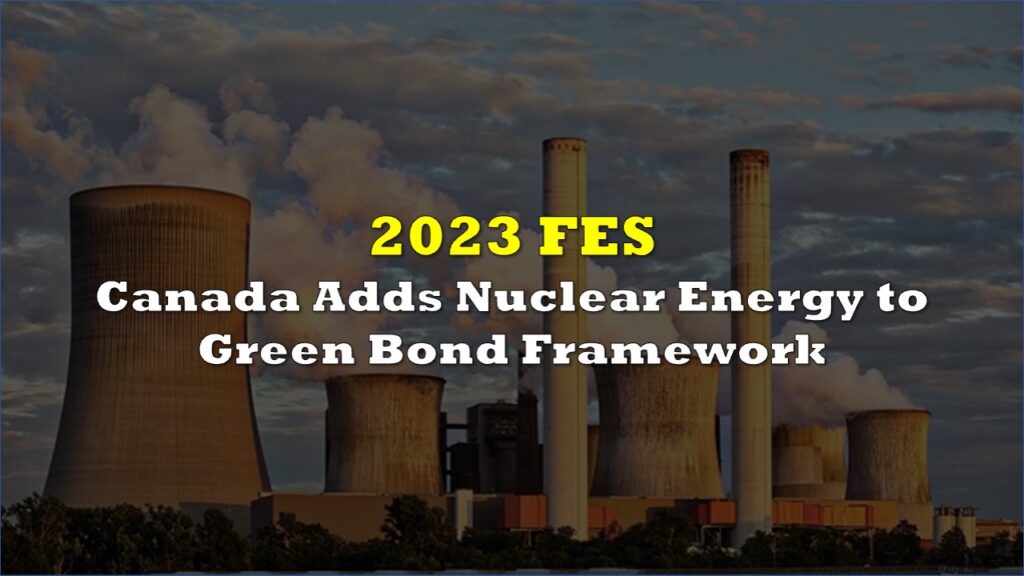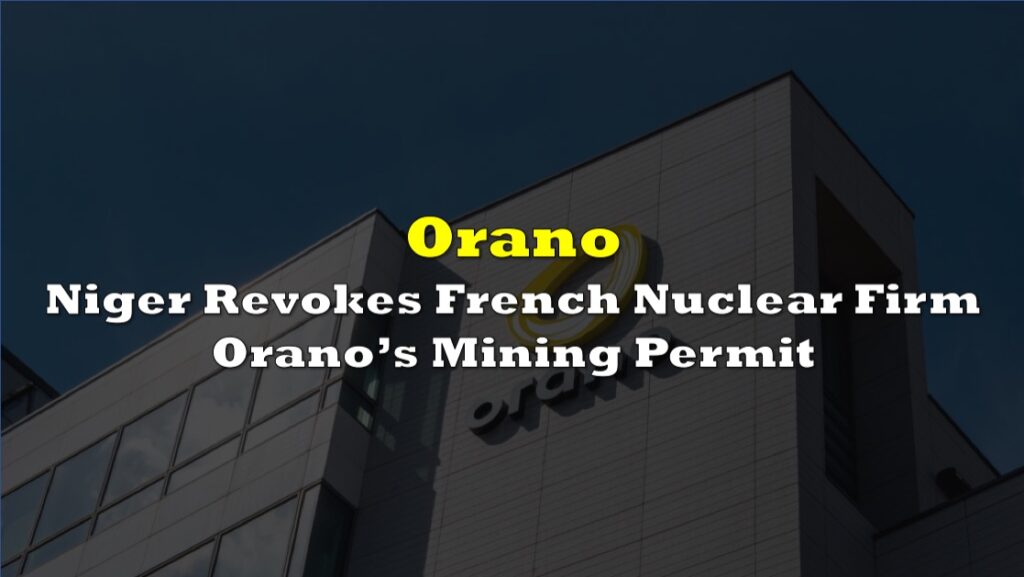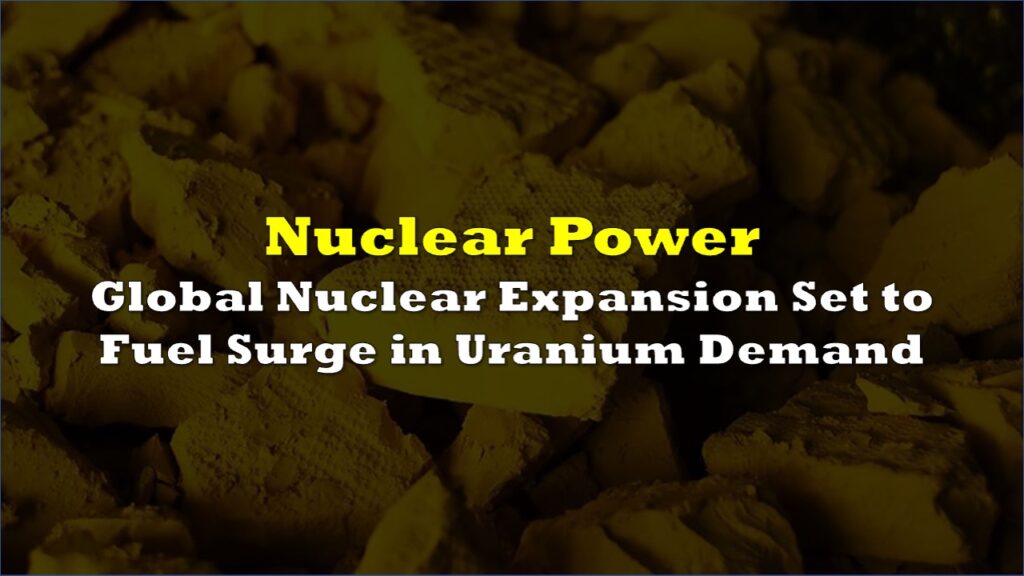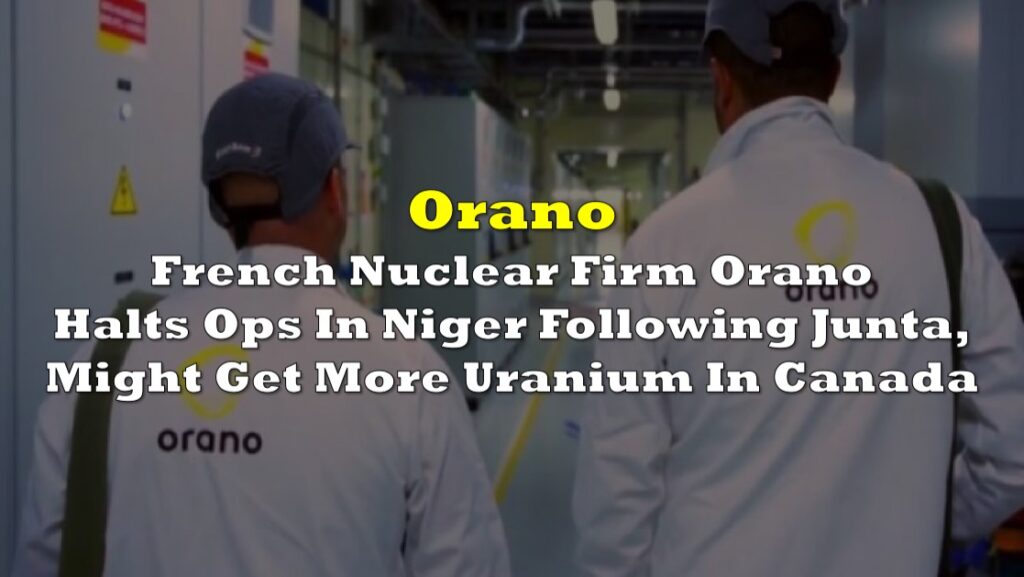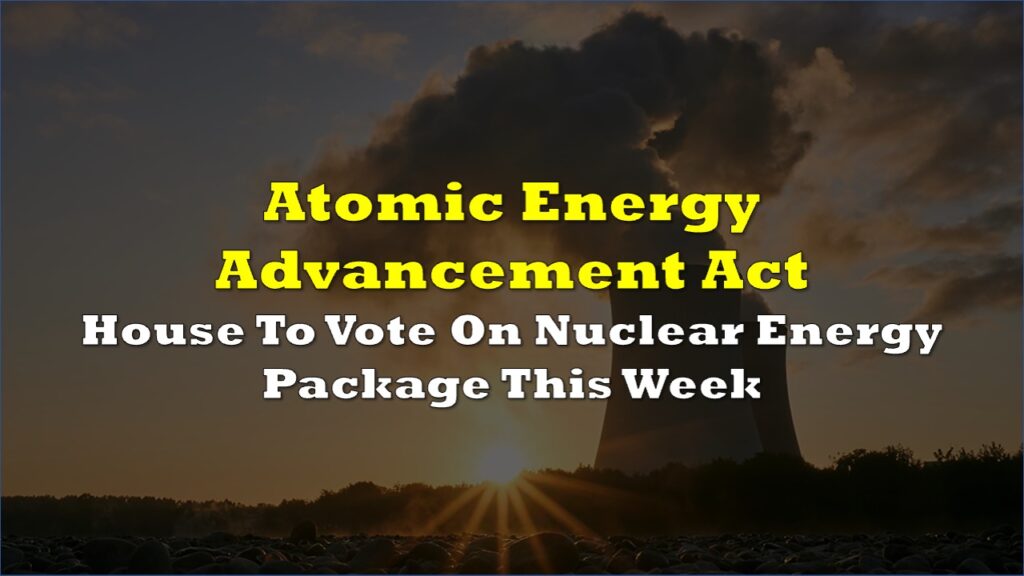The Olkiluoto 3 (OL3) nuclear power plant in Finland has only been fully operational since last month, and it is already having a significant impact on electricity prices in the country. According to physical electricity exchange Nord Pool, electricity prices have fallen by 75% since the plant began operating.
OL3 nuclear plant is a 1,600-megawatt (MW) reactor, it is the largest, most powerful nuclear power plant in Europe, and the third in the world. It is also the first nuclear power plant to be built in Europe in over 15 years. The plant was originally scheduled to be completed in 2009, but it was delayed by a number of factors, including technical problems and cost overruns. The plant began commercial operation on May 1 of this year.
According to Nord Pool, the electricity spot price in the country has dropped from €245.98 (around US$266) per megawatt-hour (MWh) in December to €60.55 (US$66) per MWh in April — a drop of more than 75%.
The surge in energy prices in Finland was triggered by the government’s decision to ban electricity imports from Russia due to the ongoing conflict in Ukraine. The OL3 nuclear plant’s increased power production has brought more stability to the energy system, given its status as one of the world’s largest nuclear plants connected to a relatively small system. It can produce up to 15% of the country’s power demand.
Finland’s gen3 Olkiluoto 3 (OL3) reactor ramped up. At an installed cap of 1.6GW it’s expected to produce 13TWh pa. Despite construction delays, long-t LCOE for all 3 Olkiluoto plants is 30 €/MWh; OL3 alone 42 €/MWh.
— Alexander Stahel 🇺🇦 (@BurggrabenH) April 9, 2023
Cheap, clean, grid reliable for 5-6 decades. Awesome! pic.twitter.com/wvk3T4iCeQ
Jukka Ruusunen, the CEO of Finland’s national grid operator Fingrid, expressed satisfaction with the plant’s performance, emphasizing the importance of closely monitoring its risks.
While nuclear power currently serves as a reliable substitute, Jukka Ruusunen, CEO of Finland’s national grid operator Fingrid, told The National that wind power is expected to become Finland’s primary source of energy production by 2027.
“[Nuclear] it seems is not very attractive for the investors. This is what they say. But, it’s an option and I’m sure that our politicians would be in favor of these decisions,” Ruusunen said. “And then [there’s] the business case and who dares to put billions of euros into nuclear?”
In contrast to Finland, several other European Union nations, including France, Sweden, Poland, and Hungary, are looking to expand their nuclear energy output. Poland recently secured $4 billion in funding from the United States to construct 20 small modular reactors by 2029, while Hungary is focused on the expansion of its Paks nuclear power plant.
The Finnish example highlights the potential role of nuclear power in addressing the current energy crisis, as many European countries struggle with high energy costs.
Germany, on the other hand, controversially shut down its remaining three nuclear power plants last month. This decision, coupled with high inflation and declining industrial output, has led the International Monetary Fund (IMF) to predict a recession for Europe’s powerhouse.
While Germany claims that energy prices are stabilizing, critics argue that this is largely due to the government’s substantial financial support of energy firms Sefe and Uniper, which purchased natural gas at inflated prices to replace the banned Russian supply, incurring record losses.
Information for this story was found via The National News, Remix, Reuters, and the sources and companies mentioned. The author has no securities or affiliations related to the organizations discussed. Not a recommendation to buy or sell. Always do additional research and consult a professional before purchasing a security. The author holds no licenses.





